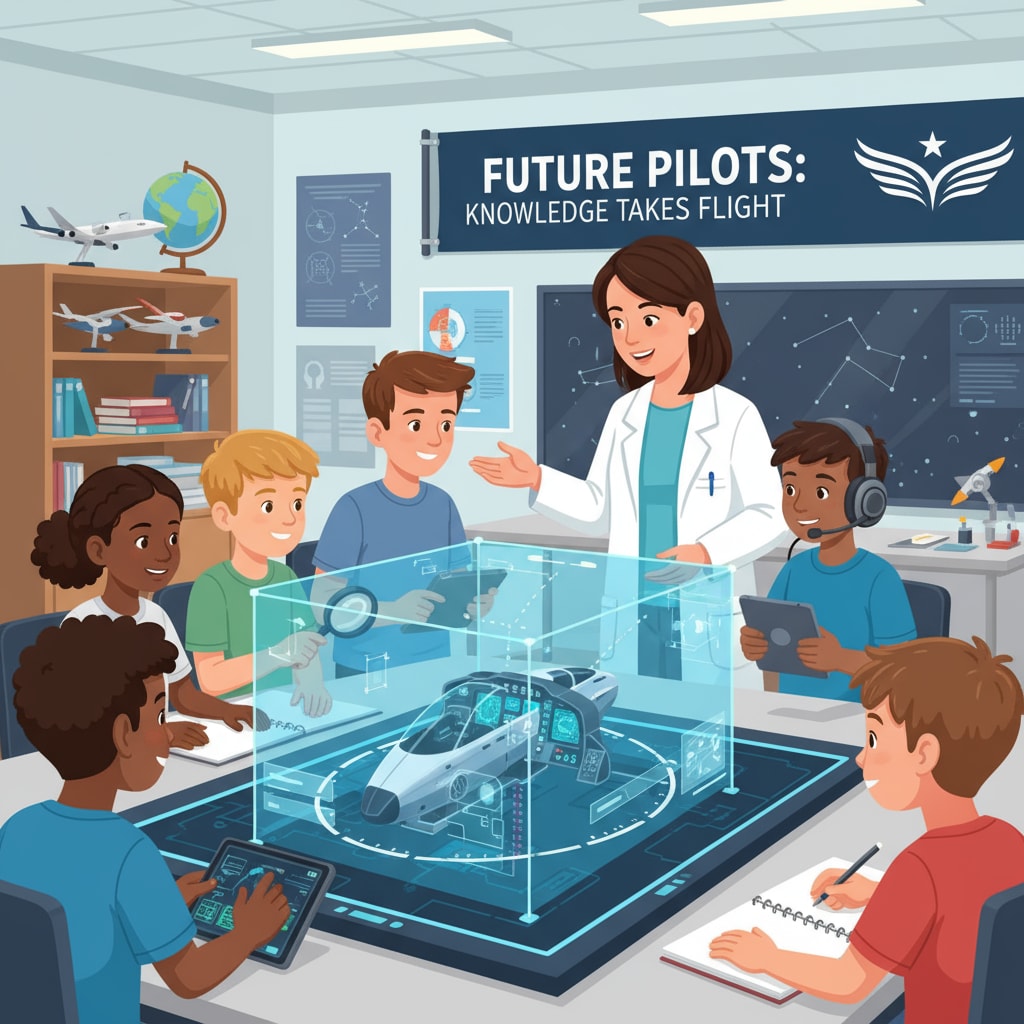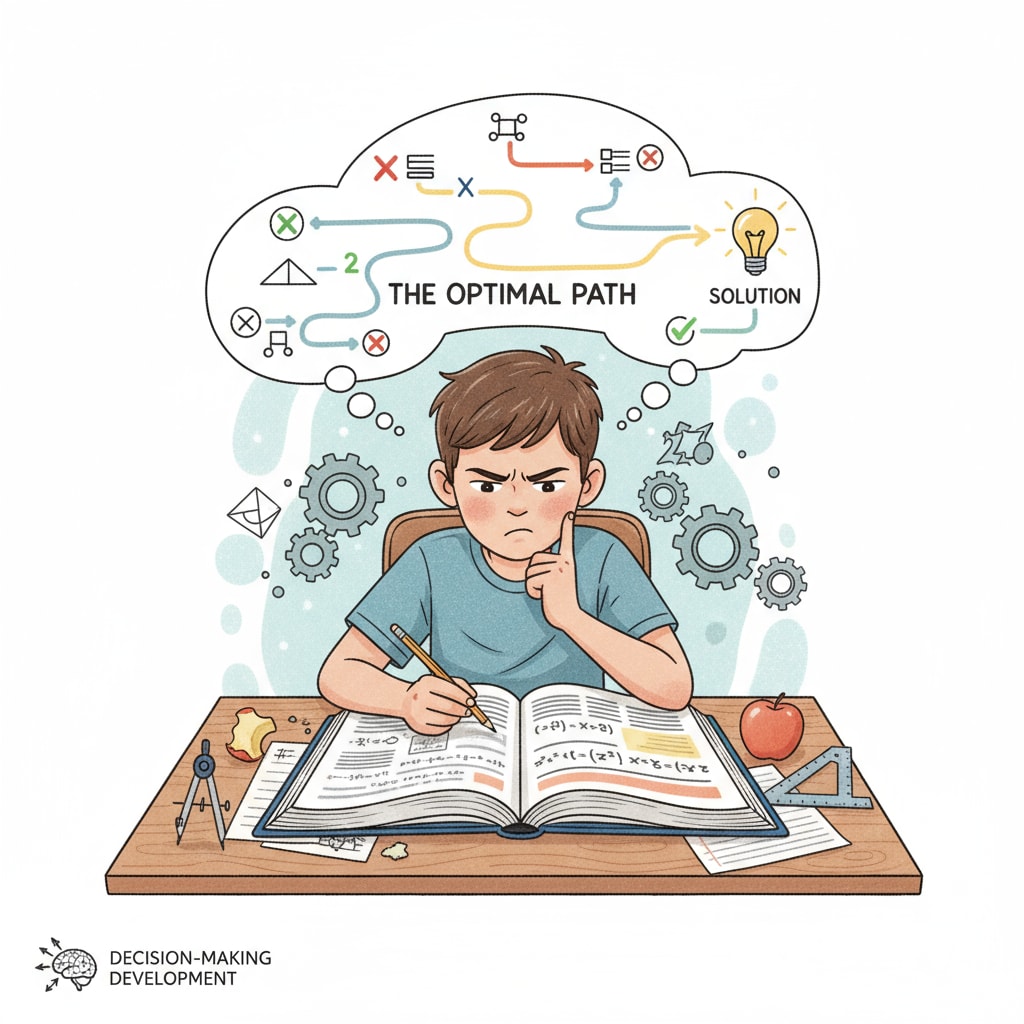Pilot skills, communication ability, decision-making ability, and situational awareness are the cornerstones for anyone aspiring to become a pilot. In the realm of K12 education, laying a solid foundation for these crucial aspects is of utmost importance.

The Significance of Communication Skills
Effective communication is vital in aviation. Pilots need to communicate clearly with air traffic control, co-pilots, and ground crew. In K12 education, activities like debate clubs and public speaking classes can enhance students’ verbal communication skills. For example, students learn to express complex ideas precisely, which is essential when conveying flight information. Moreover, non-verbal communication, such as body language and facial expressions during group projects, also plays a role in understanding and being understood. Aviation communication on Wikipedia
Developing Decision-Making Abilities
Decision-making under pressure is a key pilot skill. In K12, problem-solving exercises in math and science classes can help students develop this ability. For instance, when faced with complex equations or scientific experiments, students learn to analyze situations, weigh options, and make quick decisions. Additionally, participating in team sports like basketball or soccer can also train decision-making in a dynamic environment. These experiences translate into the pilot’s need to make split-second decisions during a flight. Decision-making on Britannica

Technical knowledge forms the basis of a pilot’s capabilities. K12 curriculum should include subjects like physics, especially concepts related to flight dynamics, and computer science for understanding avionics systems. By understanding the principles of lift, thrust, and drag in physics, students gain insights into how an aircraft operates. Learning programming in computer science can help them understand the complex software systems on board modern airplanes.
The Role of Situational Awareness
Situational awareness is another crucial aspect. In K12, outdoor activities like hiking or orienteering can enhance students’ awareness of their surroundings. They learn to observe details, anticipate changes, and respond accordingly. For pilots, this means being constantly aware of weather conditions, aircraft systems, and the overall flight situation. It enables them to prevent potential problems and ensure a safe flight.
Adaptability is also key for pilots. K12 students can develop this through experiences such as studying different cultures or participating in exchange programs. This exposure helps them become more flexible and better able to handle new and unexpected situations, just as pilots need to adapt to various flight conditions.
Readability guidance: Using short paragraphs and lists to summarize key points; providing a list under each H2 whenever possible; controlling the proportion of passive voice and long sentences; and incorporating transitional words (however, therefore, in addition, for example, as a result, etc.) throughout the text.


